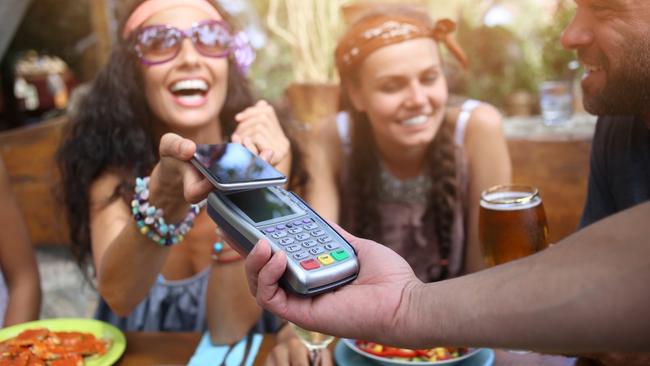Can the Pyng app save Aussies billions of dollars?
Fintech startup Pyng scraps electronic payment surcharges that cost consumers $4 billion, bypassing annoying fees.

Stockhead
Don't miss out on the headlines from Stockhead. Followed categories will be added to My News.
Fintech startup Pyng enables Australians to make and receive electronic payments surcharge free
App has potential to save consumers up to $4 billion annually and make receipt of payments quicker and easier for merchants
Pyng has been self-funded to date but will start looking at the first stage of external seed investment shortly
Special Report: Fintech startup scraps electronic payment surcharges that cost consumers $4 billion.
A new app is about to revolutionise how Australians make and receive payments by scrapping those sneaky surcharges on electronic purchases.
For the convenience of tapping and going – and the honour of being world champions at it - Australians paid a total $4 billion to major financial institutions last year, analysis by leading comparison site Canstar shows. Meanwhile, service staff have to deal with surcharge side eye to outright rage from customers fed up with the last minute add-ons that go to big corporations.
Now Australian owned and Sydney based startup Pyng is about to change all that thanks to founder Dipra Ray who’s already built up significant experience and credibility in payments and app innovations.
Ray co-founded NexPay which helps students across the world save thousands of dollars when making payments for their education.
He’s also behind mPort, creator of the Body Mapp app which disrupted how Australians track their health and body shape. Ray remains a major shareholder and director of both those companies.
In his home country of New Zealand, Ray is chair of a non-profit he founded (SavY NZ) which encourages better financial habits among young Kiwis.
The charitable trust is funded by one of NZ’s leading financial institutions, Bank of New Zealand, and has also had support from the University of Auckland, the Ministry of Youth and Development NZ, and other leading organisations.
How Pyng works
After being downloaded from the App Store or Play Store, Pyng can be quickly and securely linked to the user’s bank account via their own banking app or platform.
To pay with Pyng, consumers scan a QR code on their camera or inside the Pyng app and enter in how much they want to transfer to the merchant. Consumers are able to choose a limit on how much money Pyng can debit from an account at any point in time.
By creating an agreement to link a bank account with Pyng, consumers do not provide any access to the bank account, but only authorise Pyng to debit a certain amount for funds for a specific purpose. This is generally at a shop or retailer through a Pyng terminal or via the app.
Pyng can't access any other information in the consumer’s bank account and does not capture any bank account details, such as your logins or passwords.
It is backed up by best-in-class security systems that protect users’ money and help minimise fraud. Most importantly, Pyng never touches the app users’ money.
Funds go straight to the merchant, which also cuts the risk of fraud – and transaction costs.
Another benefit of the direct merchant-to-consumer model is that there is no more T+2: Businesses are paid in seconds, not tomorrow or the day after, as still often happens.
So how does Pyng make money?
Pyng charges a low flat rate to merchants for the convenience of them being able to receive instant, surcharge free payments from customers. Pyng does not charge any additional transaction fees to merchants.
Next steps
Pyng has started organically growing a community of merchants and consumers using the app, and is fast building up trust in its ease, reliability and security.
The start-up has been self-funded to date but will start looking at a first stage of external seed investment shortly to help kickstart its take-up.
This article was developed in collaboration with Pyng, a Stockhead advertiser at the time of publishing.
This article does not constitute financial product advice. You should consider obtaining independent advice before making any financial decisions.
Originally published as Can the Pyng app save Aussies billions of dollars?


